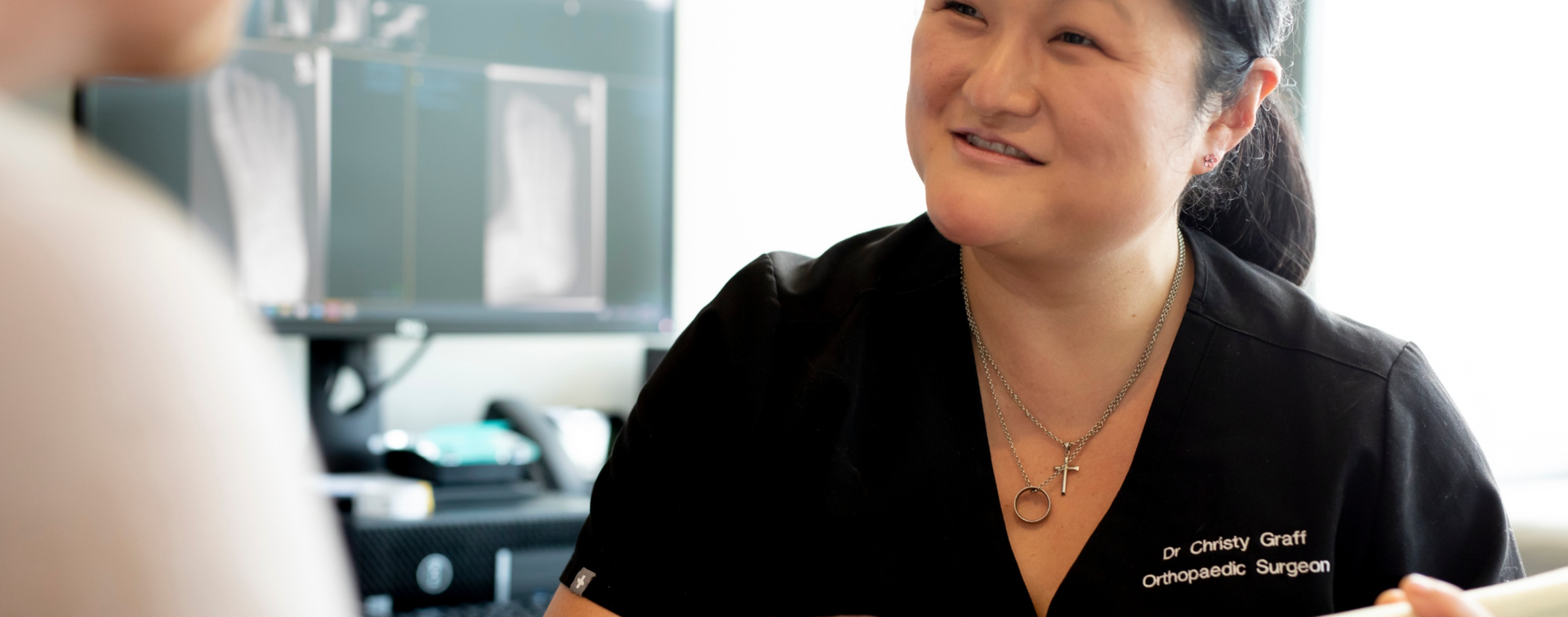Management of iatrogenic ulnar nerve palsies after cross pinning of paediatric supracondylar humerus fractures: a systematic review
Supracondylar humerus fractures in children are common, and severe unstable fractures are managed with surgery. This involves using X-ray to straighten the bone and put wires in to hold the bone still. The most stable configuration of wires is one on the outside of the elbow and one on the inside of the elbow. However, putting a wire on the inside of the elbow puts the ulnar nerve (the ‘funny bone nerve’) at risk, as it is very close by.
All literature on this complication was reviewed for this paper. The quality of literature was poor and difficult to summarise. In total, only 179 incidences of this complication were reported in regard to recovery.
We found that the current literature reports that when the ulnar nerve is damaged from a wire on the inside of the elbow, 9 out of 10 nerves recover without any problems, even if the wire is left in place for 3 weeks. The current literature does not support early wire removal and/or exploration of the nerve, likely because the damage is done at the time of wire placement. Reporting and long term follow up of this complication, however, is poor.




